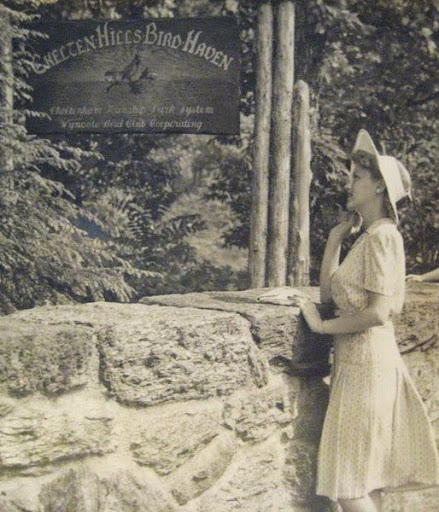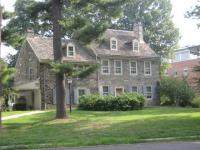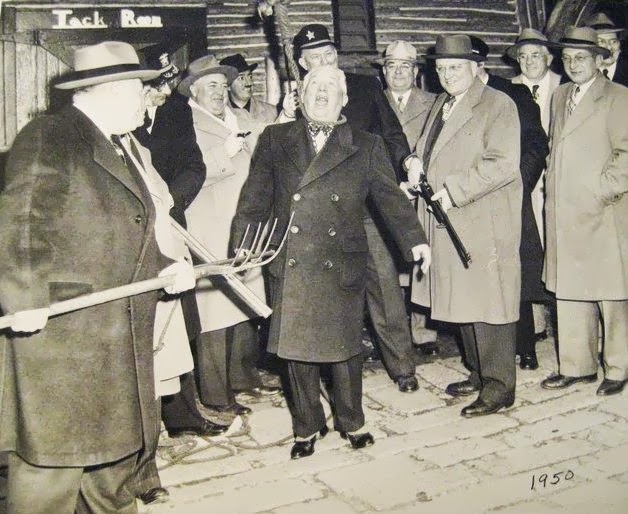For over 330 years, the Richard Wall House and surrounding Eastern Montgomery County, Pennsylvania have been a place of sanctuary--for Quakers, slaves, and birds--but not for horse thieves!
The first section of the Richard Wall House was built in 1682, the same year Cheltenham Township was established. Richard Wall and other early settlers in the area were members of the Religious Society of Friends (Quakers). They were invited to join meetings for worship in Frankford and Byberry, but the distance was prohibitive. Instead, they found their sanctuary at the Wall House. Friends often chose to hold their meetings there until Abington Meeting House was built in 1702.
The association between Quakers and anti-slavery activity is well-known, and the Quakers of Cheltenham Township were no exception. The first organized anti-slavery protest in the Americas, the Quaker Germantown Protest of 1688, had its second public reading from the Wall House. The Wall House is also verified as having been a stop along the Underground Railroad for enslaved African Americans escaping from the South prior to the Civil War.
 Eastern Montgomery County is not just a place of sanctuary for humans. Soon after the National Audubon Society was founded in 1905, the Wyncote Bird Club formed in 1914 for the preservation of birds and the environment. (The Wyncote Bird Club was incorporated as the Wyncote Audubon Society in 1977; its records are held at nearby Old York Road Historical Society.) The club was active in the preservation of Crosswicks Wildlife Sanctuary and Briar Bush Nature Center, as well as the Chelten Hills Bird Haven. The Chelten Hills Drive Bird Sanctuary was acquired in parcels by Cheltenham Township from 1928 through 1944. It was renamed the Edward Hicks Parry Bird Sanctuary in 1988.
Eastern Montgomery County is not just a place of sanctuary for humans. Soon after the National Audubon Society was founded in 1905, the Wyncote Bird Club formed in 1914 for the preservation of birds and the environment. (The Wyncote Bird Club was incorporated as the Wyncote Audubon Society in 1977; its records are held at nearby Old York Road Historical Society.) The club was active in the preservation of Crosswicks Wildlife Sanctuary and Briar Bush Nature Center, as well as the Chelten Hills Bird Haven. The Chelten Hills Drive Bird Sanctuary was acquired in parcels by Cheltenham Township from 1928 through 1944. It was renamed the Edward Hicks Parry Bird Sanctuary in 1988.
As welcoming as the citizens of Cheltenham Township can be, there is one group of individuals who will receive no safe harbor there: horse thieves! The Union Society for the Detection of Horse Thieves and Recovery of Stolen Property was founded in 1812 and continued to exist for well over 150 years, although its purpose transitioned from vigilantism to socializing. Its activities around the middle of the 20th century included a mock crime and hanging.
If you would like to do more research about the history of Cheltenham Township and surrounding areas, find your sanctuary in the archives at the Richard Wall House Museum.



